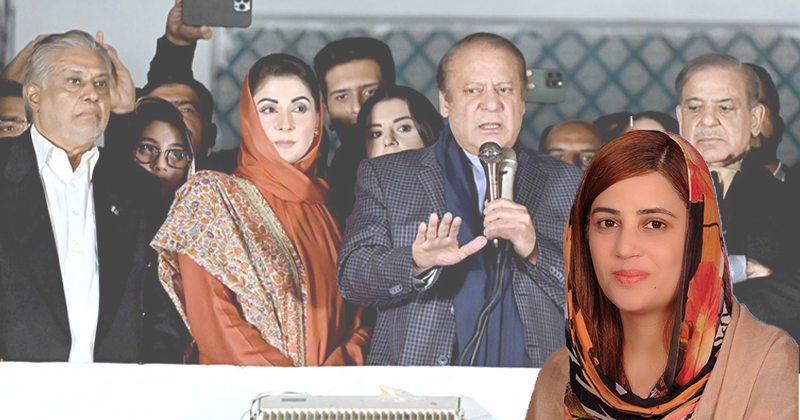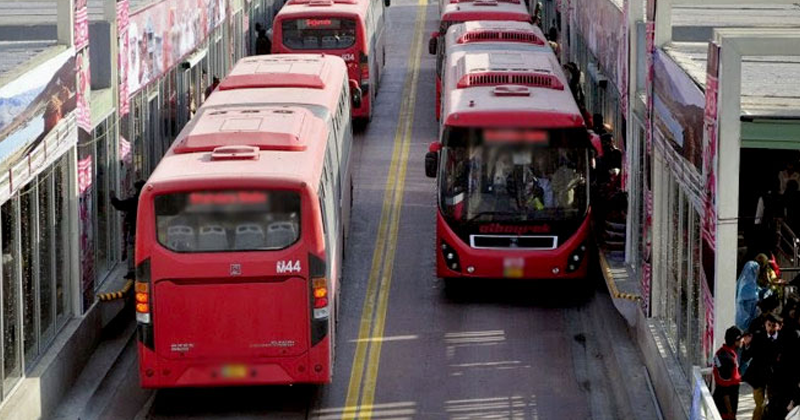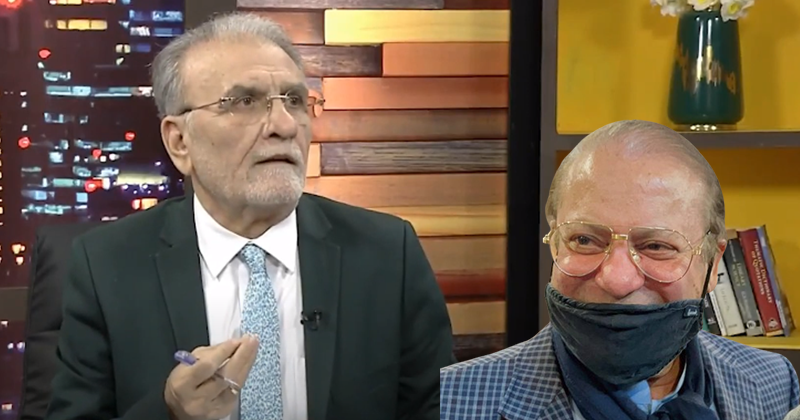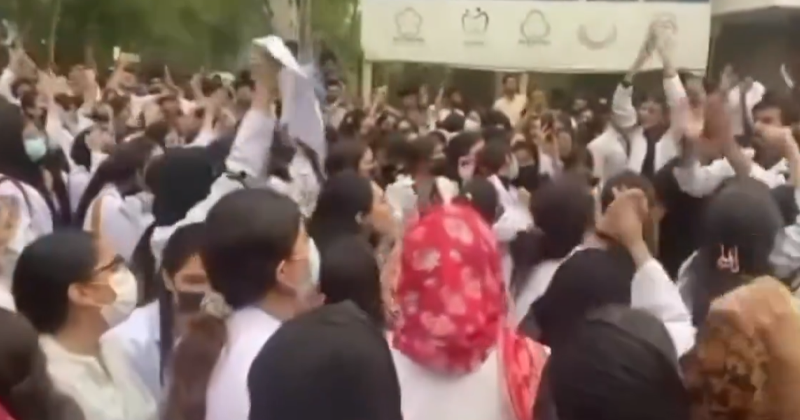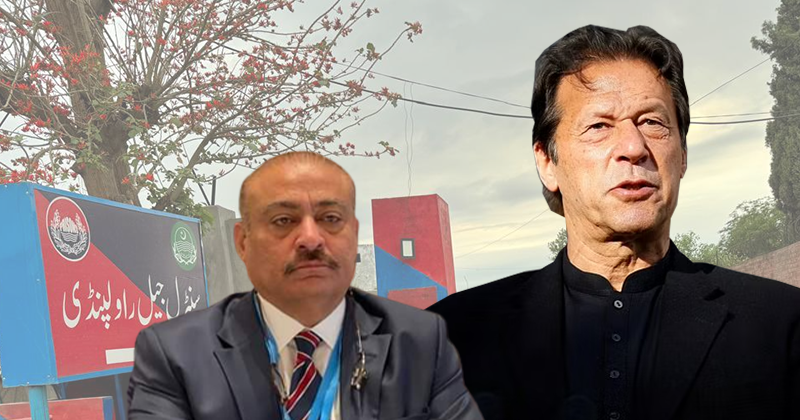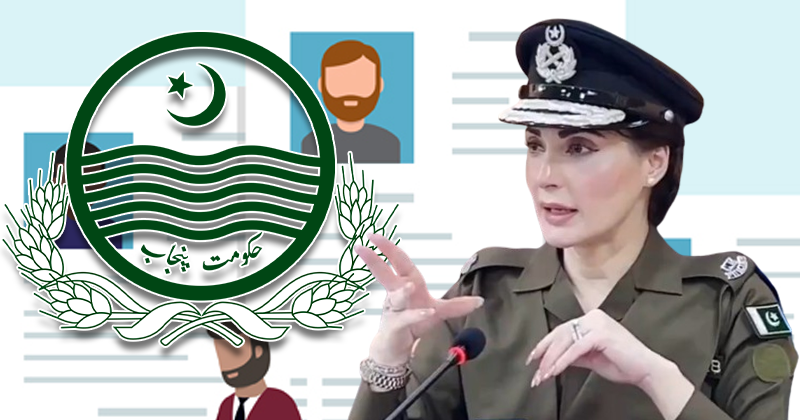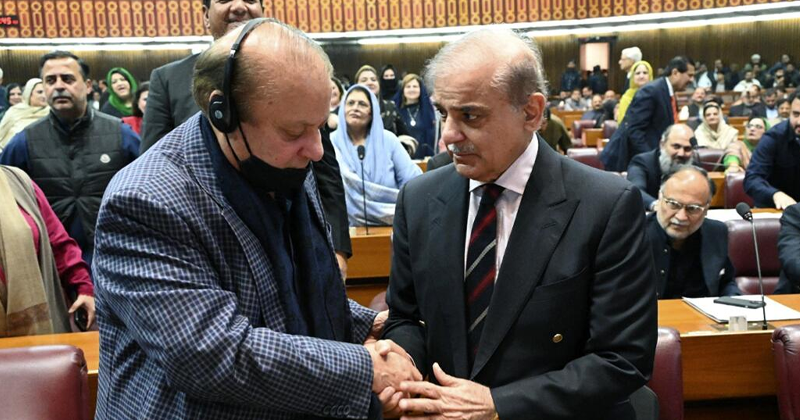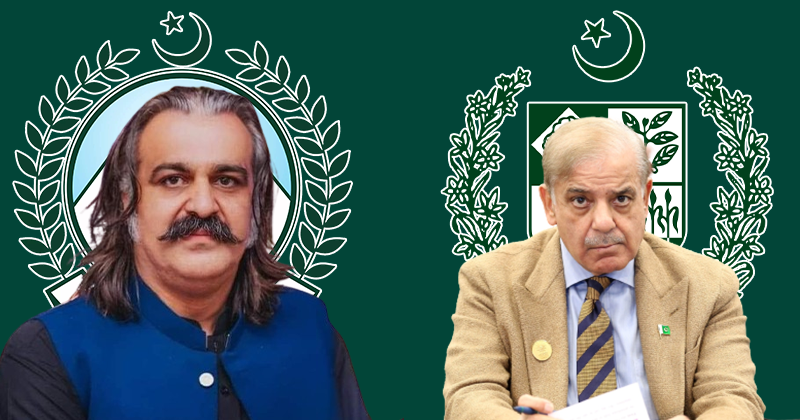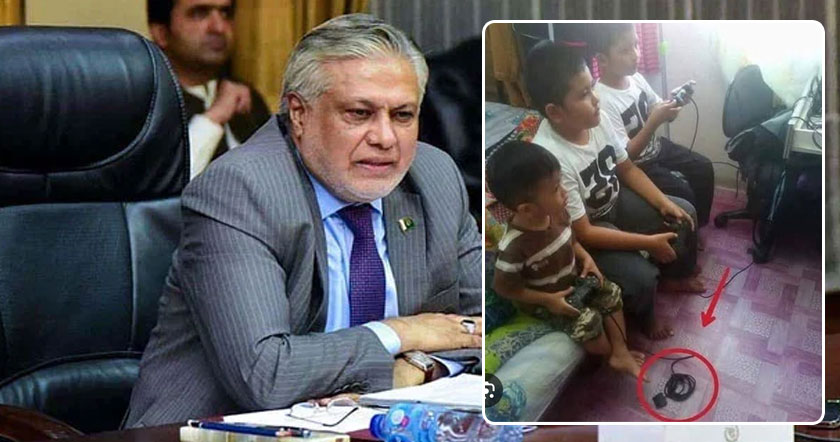حکیم سعید کی عزت ہے میرے دل میں مگر یہ تو بتاو کہ حکیم سعید کو کس نے بتایا تھا
You are using an out of date browser. It may not display this or other websites correctly.
You should upgrade or use an alternative browser.
You should upgrade or use an alternative browser.
Pakistan has slipped into a debt trap due to the government’s failure
- Thread starter Shah Shatranj
- Start date
teri cheekein bata rahi ha Ke khan on right track.. jalte raho rote raho?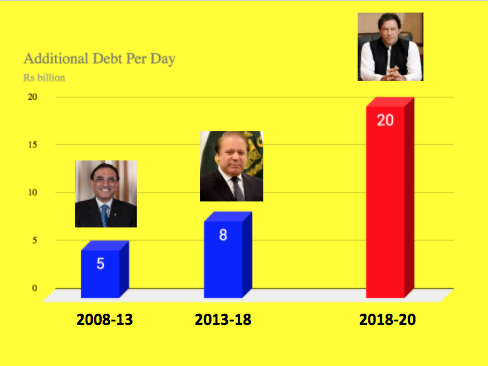
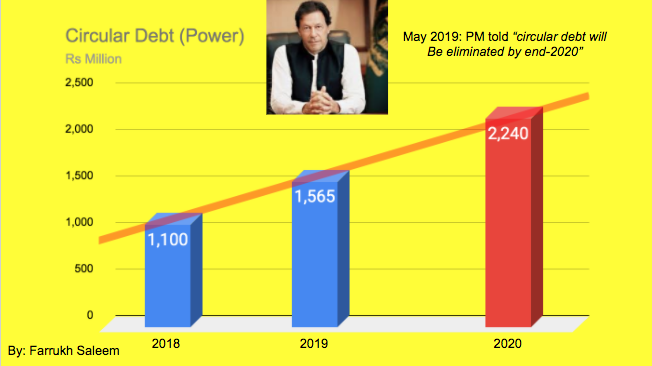
https://twitter.com/x/status/1319203053506015233
Govt borrows to repay debt: report
Pakistan has slipped into a debt trap due to the government’s failure to bring reforms and weak fiscal management, which has also raised national security concerns, says a report of a think tank being run by a ruling party leader.
“We are in a debt trap that is entirely of our own making. It is a risk to our national security,” said a brief report of the Institute of Policy Reforms (IPR). The IPR paper titled “Pakistan’s debt and debt servicing is cause for concern”, underlined that the government was borrowing to repay the maturing debt.
Pakistan Tehreek-e-Insaf’s (PTI) senior leader and former commerce minister Humayun Akhtar Khan is the chairman and chief executive officer of IPR. Among its board of advisers are Sikander Afzal, Dr Manzoor Ahmad, Syed Yawar Ali and Hussain Haroon.
This adds to criticism against the growing public debt, which now seems to be a concern for all political parties, businessmen and experts.
The report underlined that in last fiscal year 2019-20 alone, Pakistan added a total of Rs4.3 trillion to its debt and liabilities. It was equal to 10.4% of the country’s gross domestic product (GDP). “In two years, total debt and liabilities have grown by a massive Rs14.7 trillion.
This shows weak fiscal management as well as inability to stimulate growth in the productive sectors,” said the report. “It also reflects a failure to make the necessary reforms in key sectors of energy and power.”
In the last fiscal year ended June 2020, Pakistan’s total debt and liabilities stood at 107% of GDP or Rs44.5 trillion while gross public debt was equal to 87% of GDP. The IPR stated that while the government often attributed the increase in debt to exchange value changes, the picture was more complex. Domestic debt has grown at an equal pace and external debt has also grown in US dollars.
“The increase in domestic debt is because of weak FBR revenue collection, where attempts to reform may have had the opposite effect of what was intended,” said the report.
However, the Ministry of Finance insists that public debt management improved in the last fiscal year after a significant deterioration in the first year of PTI government. It blamed the previous government for leaving behind a huge debt pile, which increased the cost of debt servicing.
The IPR also came down hard on the central bank’s monetary policy, saying it did not have an economic logic. “High discount rate, with no apparent economic logic, slowed down the economy, and with it tax revenue,” it said.
Despite increase in power tariff, revenue collection by distribution companies did not improve, said the think tank. Consequently, in addition to government borrowing, public sector entities’ (PSEs) debt also increased. The PTI government has increased power tariffs by more than half in the past almost two years and yet the circular debt has touched the new historic high of Rs2.4 trillion. The International Monetary Fund is again demanding an increase in power tariffs as part of its solutions to the power sector problems.
The IPR said the gross public external debt grew 13% in the first year of PTI and 5.4% in the last fiscal year.
In the last five years or so, the source of funds shifted from concessionary long tenure multilateral and Paris Club loans to higher-cost commercial and other bilateral loans. This raised the average cost of debt and reduced its tenure.
The IPR finds a silver lining in the deteriorating debt situation. It said the government took a wise course of paying back costly commercial funds and bonds by taking multilateral loans in the last fiscal year. “Yet, the debt sustainability indicators are on the decline,” it added.
The government’s external debt and liabilities amounted to $95 billion in 2018, which increased to almost $113 billion by the end of last fiscal year. Pakistan added $17.8 billion to the total external debt and liabilities in two years.
By June 2020, the country’s external debt and liabilities was 45% of GDP. The number stood at 30% of GDP in 2018 and 25% in 2013, it added.
As the debt is used mostly for balance of payments and budgetary support, there was no way of knowing how it would be paid back, said the IPR, which was also a sign of digging deeper into the debt trap.
“Pakistan has always been care free in taking foreign loans,” said the think tank. Debt servicing has claimed an increasing share of the country’s forex resources. In the last fiscal year, debt servicing reached a high of $14.6 billion, which was equal to 5.4% of GDP and more than half of total export earnings.
About 73% of interest and 84% of principal is to service public debt. “At this level of repayment and with scant addition to exports, as total debt continues to grow, its sustainability becomes a huge concern,” said the IPR.
Published in The Express Tribune, October 21st, 2020.
https://tribune.com.pk/story/2269212/govt-borrows-to-repay-debt-report
scolfeild
Minister (2k+ posts)
Maybe Bilo doesn’t have a little harder ?×
Why don't you Suck Billo a little harder. I am sure the gandu like you will enjoy that.
MianJi
MPA (400+ posts)
It is always easier to dig a hole deeper than to try to dig yourself out of it.
The previous governments did not care if the hole got deeper, as it would have profound affects on the future generations and they damned cared about them. They were planning on looting and phooting long before the bill would eventually come due.
The current government is on the right track, but it will require a lot of time and sacrifices to right this ship. All those who are currently suffering should remember the PDM cabal that got us into this situation.
The previous governments did not care if the hole got deeper, as it would have profound affects on the future generations and they damned cared about them. They were planning on looting and phooting long before the bill would eventually come due.
The current government is on the right track, but it will require a lot of time and sacrifices to right this ship. All those who are currently suffering should remember the PDM cabal that got us into this situation.
ARSHAD2011
Minister (2k+ posts)
Kaptan Niazi is responsible for all mess in Pakistan he is a Jewish agent he is on agenda to destroy Pakistan . Kaptan Niazi has destroyed Pakistan
Khan's view about an establishment before comes into power.
back to the future
Chief Minister (5k+ posts)
Bs English muk gaiIt is not forgery like you love a make up man of 70 years with zeal of Charas and kokin a cheater , who has cheated the nation !!!! you love cheats not we , one day you will admit Kaptan as Jewish agent
RajaRawal111
Prime Minister (20k+ posts)
Always used to think IK is incompetent. That is why this is happening.
But my thoughts have changed. The speed we are going down is unnatural.
It was already planned and this plan is being executed by the planners hired agent.
Even establishment is also beaten up this time.
But my thoughts have changed. The speed we are going down is unnatural.
It was already planned and this plan is being executed by the planners hired agent.
Even establishment is also beaten up this time.
Yeah leave the country and settle in London with Nawaz.Always used to think IK is incompetent. That is why this is happening.
But my thoughts have changed. The speed we are going down is unnatural.
It was already planned and this plan is being executed by the planners hired agent.
Even establishment is also beaten up this time.
Husaink
Prime Minister (20k+ posts)
لو جی یہ پھر قائم علی شاہ کی جوٹھی بھنگ پی کر آگیا ہے

https://twitter.com/x/status/1319203053506015233
Govt borrows to repay debt: report
Pakistan has slipped into a debt trap due to the government’s failure to bring reforms and weak fiscal management, which has also raised national security concerns, says a report of a think tank being run by a ruling party leader.
“We are in a debt trap that is entirely of our own making. It is a risk to our national security,” said a brief report of the Institute of Policy Reforms (IPR). The IPR paper titled “Pakistan’s debt and debt servicing is cause for concern”, underlined that the government was borrowing to repay the maturing debt.
Pakistan Tehreek-e-Insaf’s (PTI) senior leader and former commerce minister Humayun Akhtar Khan is the chairman and chief executive officer of IPR. Among its board of advisers are Sikander Afzal, Dr Manzoor Ahmad, Syed Yawar Ali and Hussain Haroon.
This adds to criticism against the growing public debt, which now seems to be a concern for all political parties, businessmen and experts.
The report underlined that in last fiscal year 2019-20 alone, Pakistan added a total of Rs4.3 trillion to its debt and liabilities. It was equal to 10.4% of the country’s gross domestic product (GDP). “In two years, total debt and liabilities have grown by a massive Rs14.7 trillion.
This shows weak fiscal management as well as inability to stimulate growth in the productive sectors,” said the report. “It also reflects a failure to make the necessary reforms in key sectors of energy and power.”
In the last fiscal year ended June 2020, Pakistan’s total debt and liabilities stood at 107% of GDP or Rs44.5 trillion while gross public debt was equal to 87% of GDP. The IPR stated that while the government often attributed the increase in debt to exchange value changes, the picture was more complex. Domestic debt has grown at an equal pace and external debt has also grown in US dollars.
“The increase in domestic debt is because of weak FBR revenue collection, where attempts to reform may have had the opposite effect of what was intended,” said the report.
However, the Ministry of Finance insists that public debt management improved in the last fiscal year after a significant deterioration in the first year of PTI government. It blamed the previous government for leaving behind a huge debt pile, which increased the cost of debt servicing.
The IPR also came down hard on the central bank’s monetary policy, saying it did not have an economic logic. “High discount rate, with no apparent economic logic, slowed down the economy, and with it tax revenue,” it said.
Despite increase in power tariff, revenue collection by distribution companies did not improve, said the think tank. Consequently, in addition to government borrowing, public sector entities’ (PSEs) debt also increased. The PTI government has increased power tariffs by more than half in the past almost two years and yet the circular debt has touched the new historic high of Rs2.4 trillion. The International Monetary Fund is again demanding an increase in power tariffs as part of its solutions to the power sector problems.
The IPR said the gross public external debt grew 13% in the first year of PTI and 5.4% in the last fiscal year.
In the last five years or so, the source of funds shifted from concessionary long tenure multilateral and Paris Club loans to higher-cost commercial and other bilateral loans. This raised the average cost of debt and reduced its tenure.
The IPR finds a silver lining in the deteriorating debt situation. It said the government took a wise course of paying back costly commercial funds and bonds by taking multilateral loans in the last fiscal year. “Yet, the debt sustainability indicators are on the decline,” it added.
The government’s external debt and liabilities amounted to $95 billion in 2018, which increased to almost $113 billion by the end of last fiscal year. Pakistan added $17.8 billion to the total external debt and liabilities in two years.
By June 2020, the country’s external debt and liabilities was 45% of GDP. The number stood at 30% of GDP in 2018 and 25% in 2013, it added.
As the debt is used mostly for balance of payments and budgetary support, there was no way of knowing how it would be paid back, said the IPR, which was also a sign of digging deeper into the debt trap.
“Pakistan has always been care free in taking foreign loans,” said the think tank. Debt servicing has claimed an increasing share of the country’s forex resources. In the last fiscal year, debt servicing reached a high of $14.6 billion, which was equal to 5.4% of GDP and more than half of total export earnings.
About 73% of interest and 84% of principal is to service public debt. “At this level of repayment and with scant addition to exports, as total debt continues to grow, its sustainability becomes a huge concern,” said the IPR.
Published in The Express Tribune, October 21st, 2020.
https://tribune.com.pk/story/2269212/govt-borrows-to-repay-debt-report
RajaRawal111
Prime Minister (20k+ posts)
نہیں میں غریب عوام ہوں --- میں نے ابھی تبدیلی کا حلوہ اور کھانا ہےYeah leave the country and settle in London with Nawaz.
ghareeb ka tag laga ke kaub tak corruption kar ke middle class ke tax par paltay raho geنہیں میں غریب عوام ہوں --- میں نے ابھی تبدیلی کا حلوہ اور کھانا ہے
as usual misleading content.
jeelu
Minister (2k+ posts)
Lol i still remember when pmln used to say benazir is on yahooda and american agenda lolYothialogy ....
what an ordinary Pakistani calculates
price of power unit in PPP rs.8 pti rs 18
price of bread ppp rs3 in pti rs 10
dailay wage ppp =500 , pti= 600
Imran Niazi has destroyed Pakistan , he is on jewish agenda to destroy Pakistan
MianJi
MPA (400+ posts)
All the economic indicators are in the right direction.
The inflation is the result of artificial reduction in supplies and profiteering by entrenched mafias, so cannot be a barometer for any real economic analysis. This sort of criminal activity is where the Judiciary has a bigger role to play than the government in curbing it.
The inflation is the result of artificial reduction in supplies and profiteering by entrenched mafias, so cannot be a barometer for any real economic analysis. This sort of criminal activity is where the Judiciary has a bigger role to play than the government in curbing it.
disgusted
Chief Minister (5k+ posts)
The biggest role in criminality has been played by the judiciary. They have always pampered criminals right from Ghulam Muhammad upto nanga Khaqan Abbassi. In the presence of an honest Distt, & Session judge no one can dare do a wrong thing. He has the power to call any person in the district and sort him out for doing wrong and illegal activities. High Courts have the jurisdiction over the province and Supreme Court over the whole country. When 'sifarishi' judges are appointed then dont never ever expect dispensation of true justice but 'dramabaazi' as is seen now in cases against haramkhor ganjas and murdaris [alongwith his three daughters.] The best examples are dajjal choudry, Malik Qayum, Qazi easy paisa and the judge of accoutability court whom babloo nasharif bribed in Haram Sharif.All the economic indicators are in the right direction.
The inflation is the result of artificial reduction in supplies and profiteering by entrenched mafias, so cannot be a barometer for any real economic analysis. This sort of criminal activity is where the Judiciary has a bigger role to play than the government in curbing it.


















